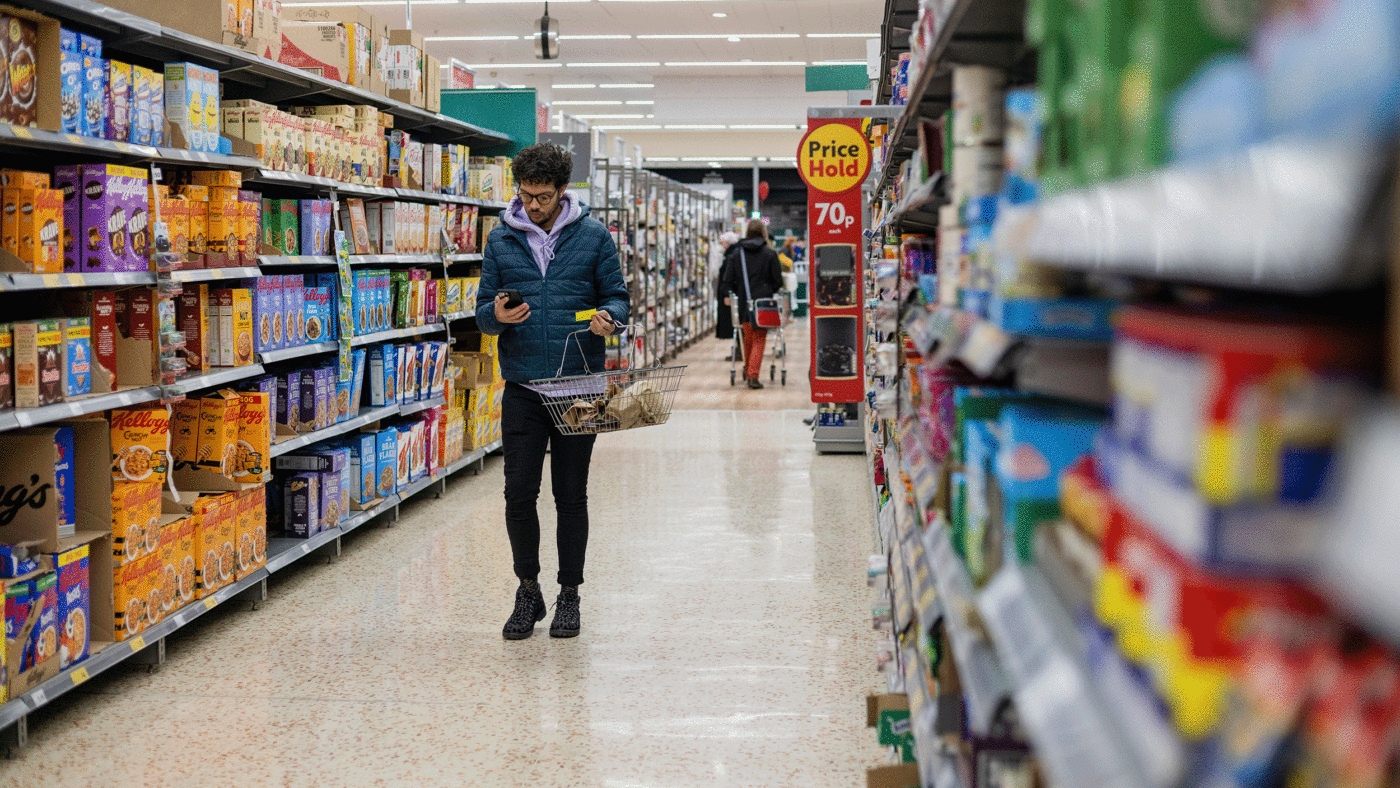First, the bad news. The lowlight of the latest UK inflation data was that the consumer price (CPI) measure of food price inflation jumped even further in March – to 19.1%. This contributed about 2.2 percentage points to the overall inflation rate of 10.1%.
With ‘core’ inflation still stubbornly high (over 6%), food price inflation will have to fall sharply if the government is to have any chance of achieving its target of halving the headline rate by the end of the year.
Even more importantly, households on lower incomes spend a much bigger share of their budgets on food. The weight on food in the CPI is about 12%, but this is for an ‘average’ family. The figure for those in the bottom tenth of the income distribution is more like 20%, so a prolonged period of ever-higher food prices would hit them particularly hard.
Fortunately, there is also a glimmer of light. The producer price data confirm that pipeline pressures are continuing to ease. Producer input prices across the economy as a whole rose by 7.6% in the year to March, well below the record high of 24.5% in June 2022. Producer output (factory gate) prices rose by 8.7%, down from their recent peak of 19.7% in July last year.
What’s more, producer price inflation in the food sector peaked last year too. The March inflation figure was still high, at 16.9%, but it has fallen in each of the last six months (from a high of 22.8% in October). If we assume a lag of around six months between changes in producer prices and those in the shops, the consumer price measure may now have peaked as well.
Other leading indicators tell a similar story. In particular, the UN FAO index of global agricultural commodity prices peaked about 12 months ago. It is worth repeating that the main drivers of higher food prices are the same across Europe. Indeed, food price inflation also topped 19% in the EU last month, and was even higher in Germany (22.3% on the national measure) than in ‘Brexit Britain’.
The UK food sector will also become less dependent on imports as the weather improves and domestic supply increases. But the stronger pound will help dampen import inflation a little too.
Finally, there are already signs that the tide has turned. It is fashionable to blame continued high food price inflation (as in other sectors) on ‘profiteering’ and ‘cartels’. Jeremy Corbyn was (of course) quick to blame the latest bad news on ‘corporate greed’ and to call for ‘price controls’ on staple foods, regardless of what this might mean for supply – or what is happening to costs .
In reality, the UK supermarket sector is also super-competitive, and lower costs are already starting to be passed on to consumers. For example, Tesco cut the price of milk last week (for the first time since May 2020), a move which was quickly followed by Sainsbury’s, Aldi and Lidl.
But it is obviously too soon to sound the ‘all clear’. Lower food price inflation would simply mean that food prices are rising more slowly. What we need are big falls in prices – and not just a few pence off the cost of a pint of milk.
In the meantime, the Bank of England’s Monetary Policy Committee (MPC) has boxed itself into a corner. The MPC has said that evidence of more persistent inflation would mean that interest rates have to rise further, so another increase next month may now be inevitable.
Here, the MPC will pay most attention to the stickiness of ‘core’ inflation, excluding food and energy, which remained at 6.2% in March, and of services inflation, which was stuck at 6.6%.
It need not be like this. A more confident (or credible) central bank would be able to look forward, rather than back, and keep interest rates on hold.
There are still many reasons why inflation is likely to fall sharply in the months ahead, including the substantial tightening in monetary and financial conditions which has already taken place and which is only just starting to feed through.
Unfortunately, if your only tool is a hammer, every problem is a nail. The Bank seems set to raise interest rates further, increasing the risks of overkill. But at least there may be some relief on the horizon on food prices.
Click here to subscribe to our daily briefing – the best pieces from CapX and across the web.
CapX depends on the generosity of its readers. If you value what we do, please consider making a donation.


